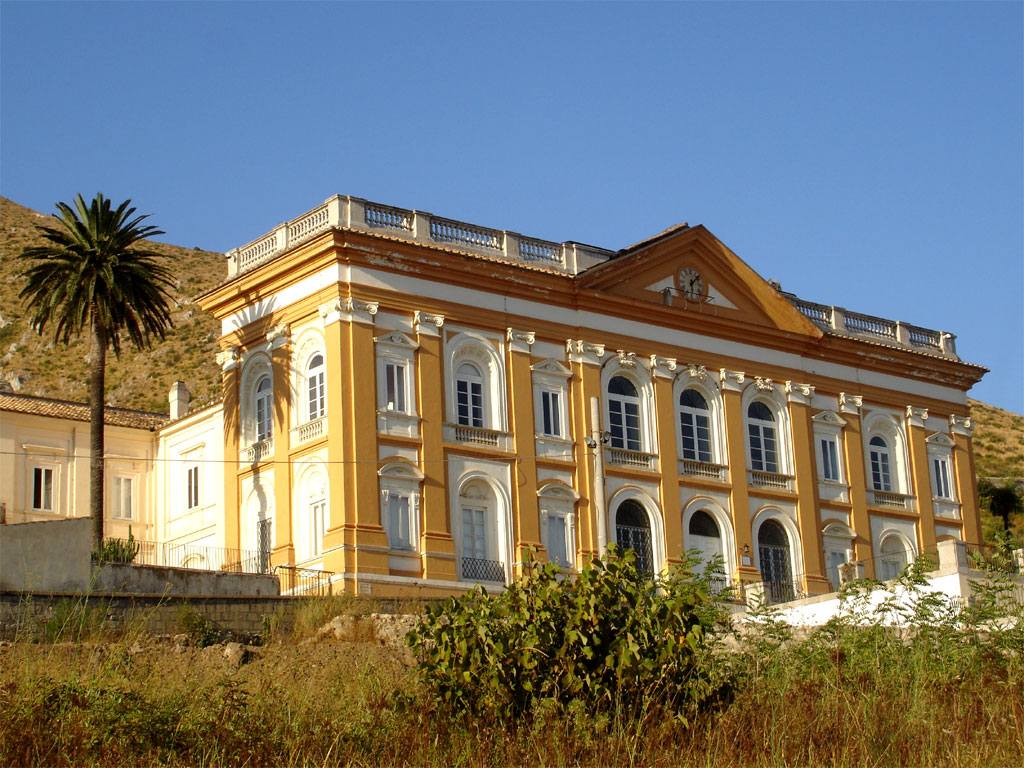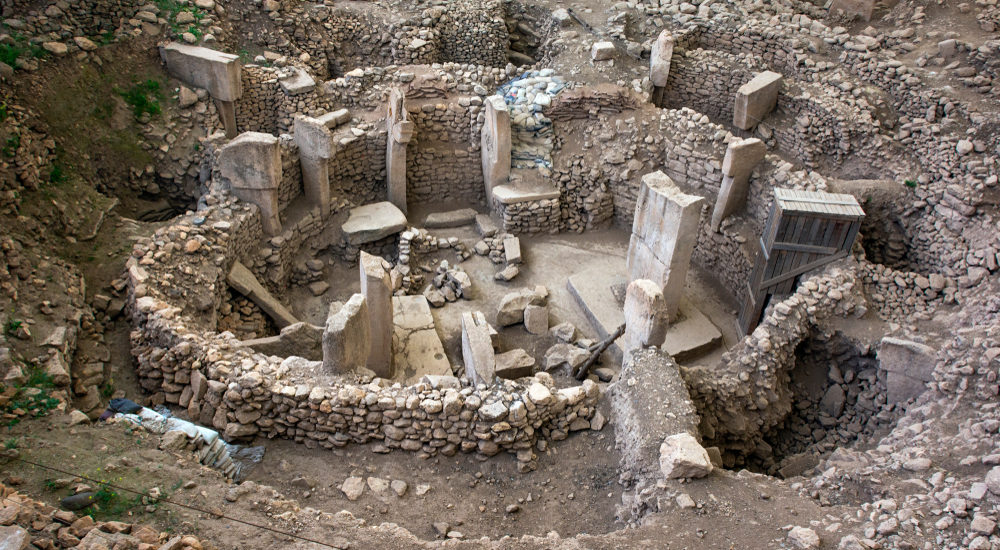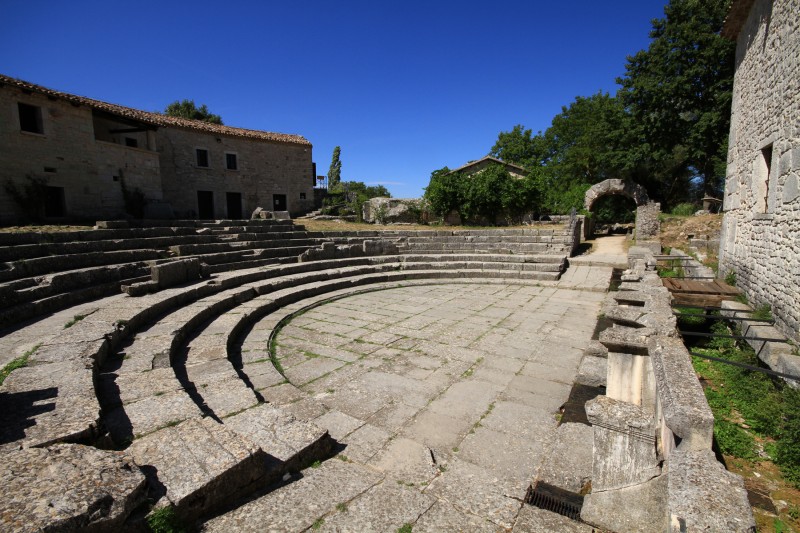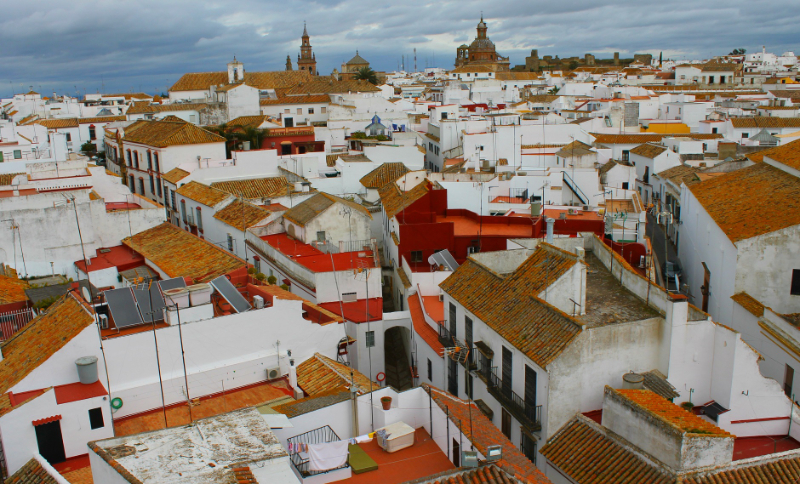It was 1789, the 30th year of the reign of Ferdinand IV (III of Sicily). The king, despite what is still being told, was a dreamer. The life and hubbub of the Palace of Caserta distressed him, and he had chosen as his place of retreat a nearby hill with a stupendous view: where there was, in fact, the ancient little church of San Leucio, bishop of Brindisi. On the Belvedere he had built a hunting lodge, and had some families settled there to provide for them. Then the settlers grew in number and became a small community. The king was probably influenced by the utopian fashions of the time and decided to establish a model colony. He tried to give it economic autonomy by establishing a silk and cloth factory. He regulated it with a code written in his own hand, full of extraordinary intentions and insights. He wanted to give it an organic and symmetrical urban structure. He gave it a name that was a mirror: Ferdinandopolis. A creature of his own, in short, although the name remained artificial and no one ever used it: it always remained San Leucio.
The factory, which grew larger and produced a very rich range of textiles, never prospered economically, as profit was not its purpose. A state industry, but at the service of the community, and therefore very different from those of our times, which are at the service of political parties.
The code was applied to the letter: a mixture of real and utopian socialism, which still possesses its own strong suggestion: "I give you these laws, obey them and you will be happy." The year was 1789: the revolution was simmering in Paris. Perfection was being instituted in San Leucio. Ferdinand IV’s brothers-in-law ended up under the blade of the guillotine: because the king of Naples had married Maria Carolina of Austria, sister of Marie Antoinette of France.
The pillars of the San Leucio-Ferdinandopoli Constitution were three: education was considered the origin of public tranquility; good faith was the first of the social virtues; and merit the only distinction between individuals. Three principles on which it would be worth reflecting today, more than two centuries and a dozen generations later.
Luxury was forbidden. Inhabitants were to be inspired by absolute equality, without distinction of condition or rank, and they were all to dress alike. Schooling was compulsory, starting at age six: children were then put to learn a trade according to their aptitudes and desires. Smallpox vaccination was also compulsory. Young men could marry by free choice, without having to ask their parents’ permission. Wives were not required to bring dowries: everything was taken care of by the state, which undertook to provide a furnished house and what the newlyweds might need.
Wills were abolished: children inherited from their parents, parents from their children, then first degree collaterals and that was it. Widows got the usufruct. If there were no heirs, everything went to the Mount of Orphans. In succession males and females had equal rights. Funerals were held without class distinctions; in fact they were hurried because they were not meant to distress. Ferdinand also abolished mourning, which he found sinister: at most a black armband. The heads of families elected elders, magistrates (who held office for one year), and civil judges. Every manufacturer, that is, every employee of silk manufactures, was required to pay a portion of earnings to the Charity Fund, established for the disabled, old and sick.
In short: equality, solidarity, assistance, social security, human rights. Ferdinand IV had hit the jackpot before the French Revolution itself brought home its achievements. At the time of the enactment of the laws, there were one hundred and thirty-one inhabitants.
Everything revolved around the factory. A mechanical silk factory, supported by the king "with very powerful means," that exploited the raw material generated by the worms bred in the homes of Casertano and beyond. From the first spinning wheels and looms to the construction of a large spinning mill. Clothing and wallpaper fabrics were produced, in a rich range of satins, brocades, velvets. In the early decades of the 19th century, with the introduction of Jacquard weaving, production was enriched with silk, gold and silver brocaded fabrics, shawls, handkerchiefs, bodices, and lace. Local products, gros de Naples and a clothing fabric called Leuceide, also developed.
There was a very rich range of colors, all natural, whose names sought to distinguish the more subtle shades: willow green, Peruvian walnut, bear’s ear, marshmallow, turtle dove, parrot, canary, Seville, Nile water, London smoke, Prussian green.
The San Leucio ideal held up perfectly for many years, then was gradually eroded by the Napoleonic invasions and the strong population growth. The utopia of San Leucio did not end, as the legend mischievously recounted by liberals would have it, because of the sovereign’s "escapades" with working women. It ended when in 1861, following the Savoy invasion, the Kingdom was annexed to Piedmont: the silk factory was given to private individuals, and the statute became waste paper.
Fabrics from San Leucio had supplied the sovereigns of the House of Bourbon and the families of the Neapolitan nobility and bourgeoisie, both for clothing and upholstery. The fact is that the manufactory survived the Kingdom of the Two Sicilies and Savoy domination and, although with very different characteristics, continues today to keep alive a distant and valuable tradition that has, indeed, spread around the world.
With the advent of the Italian Republic, the old industrial village, with housing for workers, underwent restoration. The architectural beauties signed by Ferdinando Collecini, a pupil of Vanvitelli, and the natural ones continue to emanate their suggestions.
It is worth devoting a visit to it: who knows, you might not run into the spirit of the old king, who continues to roam these streets, where he had wanted the strict division of pedestrian and vehicle traffic! Perhaps still chortling at being overcome by an old bishop, Leucio, whose name he had failed to eradicate and replace with his own!
Article from: Paolo Stefanato, Meridiani 69, Domus













